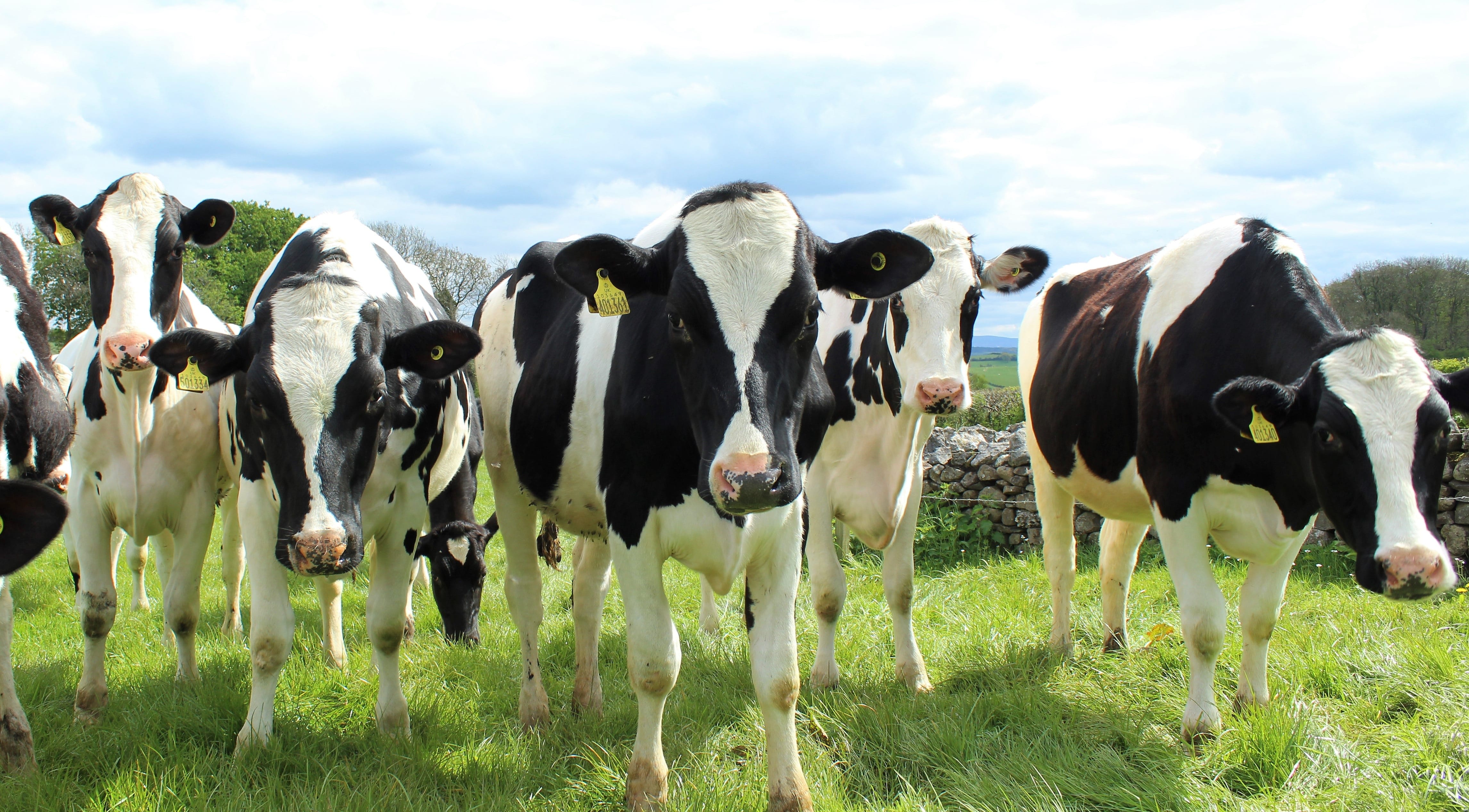Clostridium perfringens toxin testing has recently been made available in New Zealand for routine diagnostic use. However, from a clinical perspective, we believe clostridial toxin isolation in ruminant faeces is of limited clinical use in this country.
Of the scientifically proven enterotoxaemias caused by Clostridium perfringens in ruminants, only Type D (pulpy kidney disease) has been proven to occur in New Zealand.
See Table 1 and the following points for a summary of toxins and diseases produced by each type of C. perfringens:
– C. perfringens Type A disease is not proven to occur in cattle, sheep or goats.
– C. perfringens Type B disease has been reported in lambs overseas (scientific evidence is weak) but not confirmed in New Zealand cattle, sheep or goats.
– C. perfringens Type C disease can occur in lambs overseas but has not been confirmed in New Zealand.
– C. perfringens Type D disease does occur in sheep, goats and rarely cattle and has been identified in New Zealand. However epsilon toxin can be found in up to 20% of healthy sheep and cattle.

Another great resource is this excellent detailed article on the diagnosis of clostridial diseases (written by Michael Hardcastle) which appeared in the April 2019 issue of VetScript. The article outlines how to rule in or out the most commonly suspected clostridia (not just C. perfringens).
Please bear in mind the significance of toxin, gene or pathogen identification depends on clinical signs, gross and histological lesions, clostridial and veterinary species involved and sometimes the quantity of toxin identified.
If in doubt, please feel free to contact any member of our pathology team to help determine if clostridial toxin testing is a useful tool for your particular diagnostic work-up.

